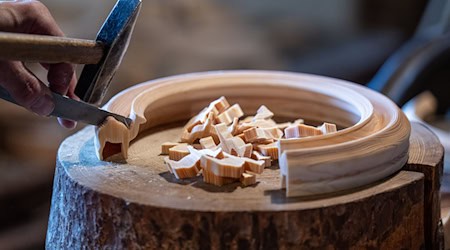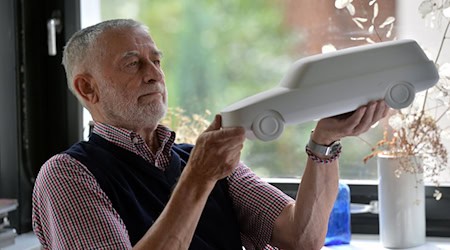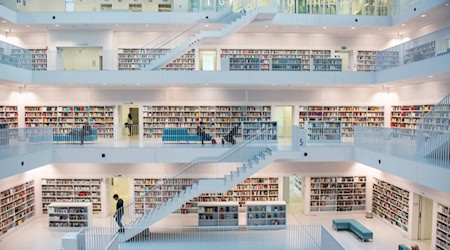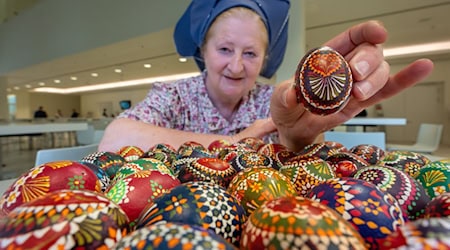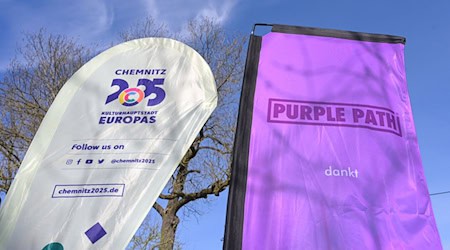In order to show the diversity of the GDR without prejudice, to fill gaps in holdings and to make East German art more visible in an all-German context, art historians have called for financial resources from the federal and state governments. During the conference "East German Art: Stocktaking and Perspectives," various expert presentations called for acquisition budgets, organizers said Friday in Halle. "One way to understand the people of East Germany and their history is through East German art. There is still much to discover and explore here," said Ludger Weskamp, chairman of the board of the East German Savings Banks Foundation. The event was organized by the East German Savings Banks Association and took place on Sept. 14 and 15.
More than 240 people from Germany and abroad came to Halle to explore art created in East Germany between 1949 and 1990, he said. Also more and more young people dealt with it and their perception after 1945, said Weskamp. According to the organizers, the debate about the acceptance of East German art has become more objective in recent years. "Now it is important to reorient the topic of East German art in a supra-regional context in terms of perspective," said the director of the Dresden Institute for Cultural Studies, Paul Kaiser.
According to the organizers, Halle was deliberately chosen as the venue because the Future Center for German Unity and European Transformation is to be built here. Overall, the conference is intended to contribute to the discussion about paths and targets of the social and economic transformation processes in East Germany. Among others, April Eisman, an art historian from the United States, Saxony-Anhalt's Minister of Culture Rainer Robra (CDU) and Leipzig art historian Wolfgang Ullrich were guests at the conference.
Copyright 2023, dpa (www.dpa.de). All rights reserved
.

